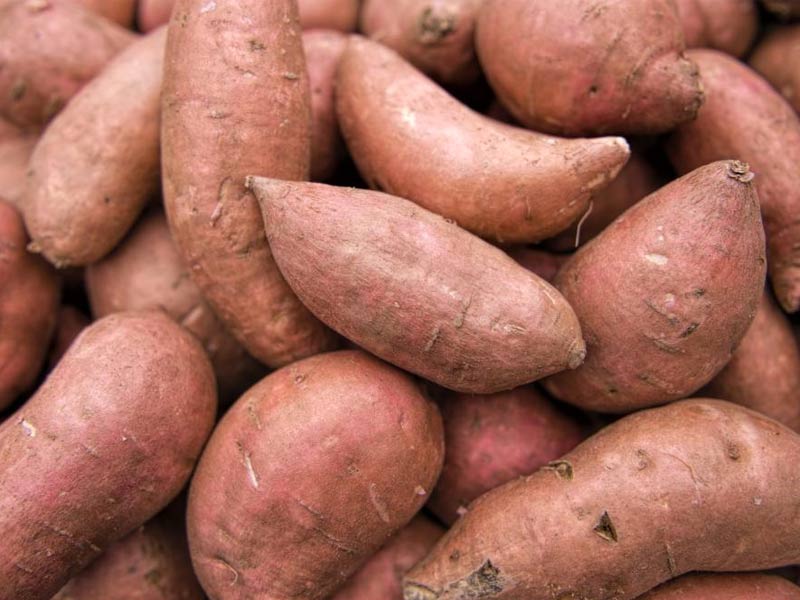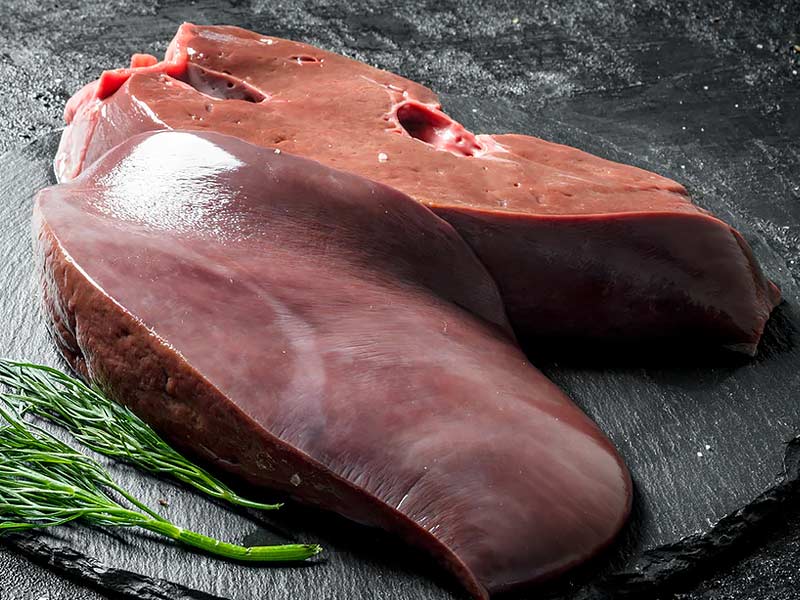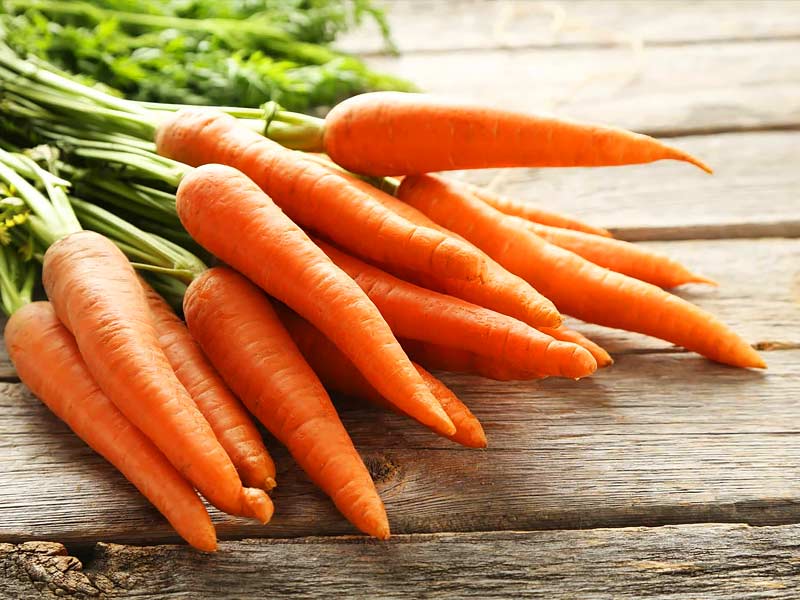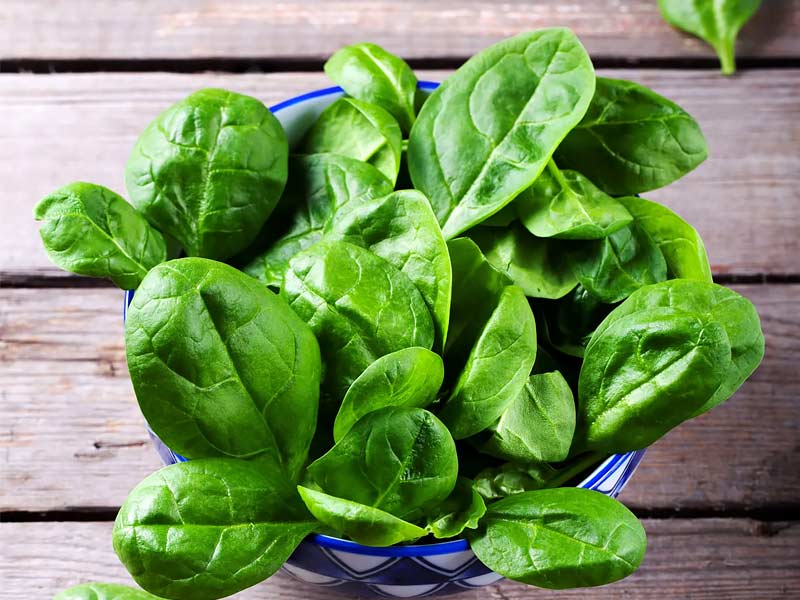We are aware that we require several nutrients, but we are unsure of why we need them or which foods truly contain them. You probably know that fiber is excellent for gut health, that calcium is good for your bones, and that vitamin C boosts immunity.
However, what about vitamin A, which is less well-known but just as vital? This is the correct place if you’ve ever wondered about the function of vitamin A in your body and what foods will help you consume enough of it.
“There are numerous functions associated with vitamin A, as it is a fat-soluble vitamin,” says Brittany Moriarty, RD, LDN, senior registered dietitian at Stop & Shop. “While its role in promoting vision is often what first comes to mind, vitamin A also affects growth and development, helps maintain healthy bones and skin, and helps support the immune system.”
Sweet Potatoes
 One medium baked sweet potato can supply more than a day’s worth of vitamin A, making sweet potatoes one of the best sources of the vitamin. In addition to being delicious, these potatoes are a great source of fibre and other nutrients. To maximise the flavour of every bite, eat the skin,” advises Moriarty. “Some of my favourite ways to use sweet potatoes are to top them with black beans, salsa, and guacamole, or dice them up for heartier salads and grain bowls.”
One medium baked sweet potato can supply more than a day’s worth of vitamin A, making sweet potatoes one of the best sources of the vitamin. In addition to being delicious, these potatoes are a great source of fibre and other nutrients. To maximise the flavour of every bite, eat the skin,” advises Moriarty. “Some of my favourite ways to use sweet potatoes are to top them with black beans, salsa, and guacamole, or dice them up for heartier salads and grain bowls.”
Beef liver
While it may not be a staple in your family’s weekly meal plan, animal liver, particularly beef liver, is a fantastic source of easily absorbed vitamin A. This specific organ is so rich in vitamin A that it is considered a multivitamin superfood by many dietitians and nutrition experts.

A three-ounce cooked serving contains 6,582 RAE of vitamin A, which is more than 700 percent of the daily requirement! Liver contains additional nutrients such as folate, copper, iron, vitamin B12, vitamin D, vitamin E, and vitamin K.
Carrorts
Carrots, like almost all orange vegetables, are an A+ source of vitamin A. Antioxidants and beta-carotene abound in them.

How to eat them: “Carrots taste amazing when roasted and caramelised. You can even eat them with spinach for a double serving of vitamin A.” I suggest hummus and baby carrots for my clients as a power snack,”.
Spinach
Take a cue from Popeye and eat lots of this leafy green vegetable. Over 900 mcg of vitamin A can be found in just one cup of frozen spinach. Spinach is high in fibre, potassium, and vitamin K. It has additional antioxidants as well.

How to eat it: “Spinach and kale are incredibly versatile vegetables that can be enjoyed both raw and cooked, and they cook quickly.” Use it as the foundation of your salad or cook some in olive oil and garlic as a side dish. According to Greene, if you don’t like the way cooked spinach tastes, you can sneak it into burgers or turkey meatballs.
Peas
Despite not being red, yellow, or orange, peas contain an impressive 64 mcg of vitamin A per cup.

How to eat them: Toss these into a green salad along with the beans or chickpeas. Or just have them as a steamed side dish for supper.
Also read: Incredible Benefits of drinking lemon water
Omega-3

Research indicates that diets high in cold-water fish, which is high in omega-3 fatty acids, may help lower the chance of developing eye disease later in life. Salmon, tuna, sardines, halibut, and trout are some of these fish. “Eating fish may help people with dry eyes because omega-3 fatty acids are good for tear function.

























